Our Stories
Recent Articles
Programs & Events
Branching Out: A Search for Christmas in Alaska's Rainforest
While record setting heat and humidity engulfed the nation's capital this summer, the Architect of the Capitol (AOC) celebrated Christmas in July by embarking on an adventure to select the 2024 U.S. Capitol Christmas Tree.
Programs & Events
It Takes a Village To Prepare the People's Tree
A team of employees from the Architect of the Capitol (AOC) work seamlessly and tirelessly to ensure that the U.S. Capitol Christmas Tree is ready to spread holiday cheer to visitors from all over the country and around the world.
Programs & Events
Christmas in July in Wonderful West Virginia
To most, July in Washington, D.C., means hot weather and Independence Day celebrations. At the Architect of the Capitol it also means it's time to go Christmas tree hunting!
Programs & Events
Long-Time Partnership Yields Beautiful Results
In February 2023, the United States Botanic Garden (USBG) opened the 27th annual joint orchid exhibit in partnership with Smithsonian Gardens.



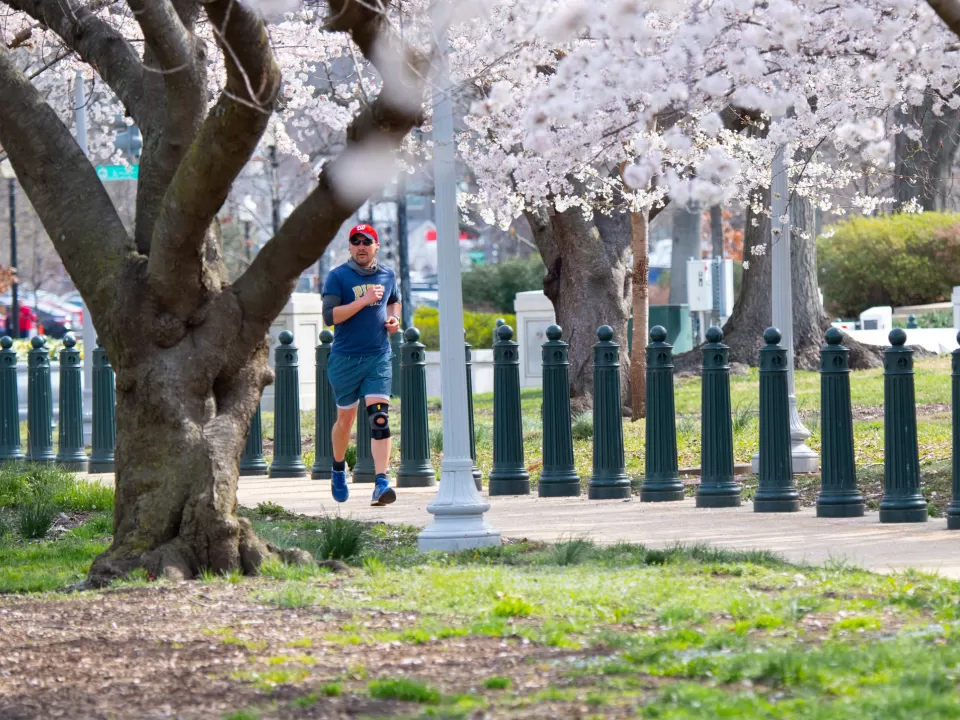
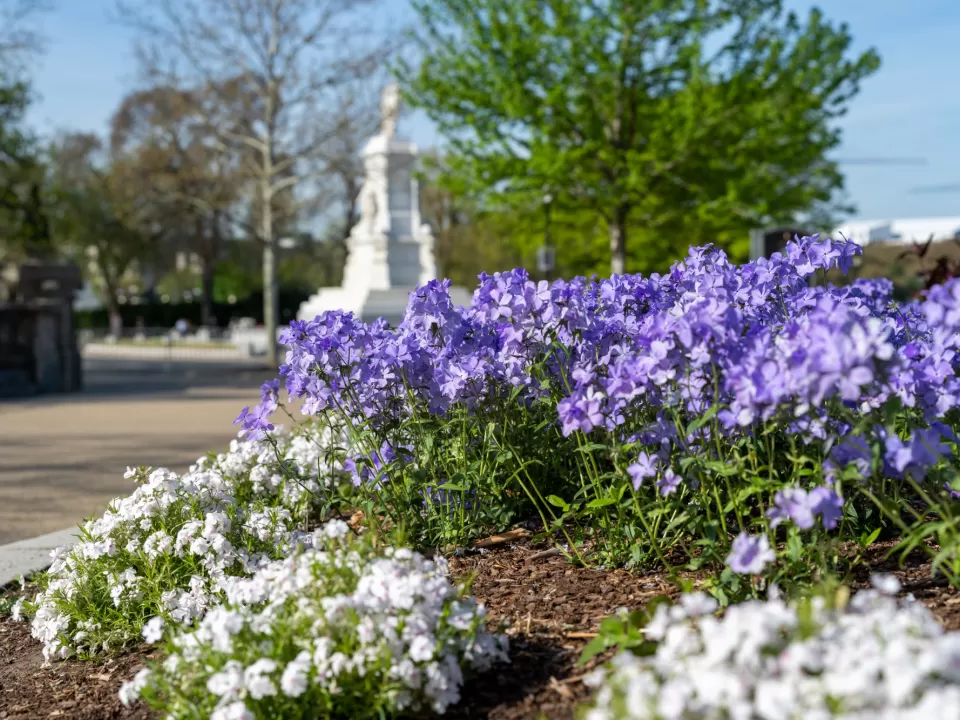


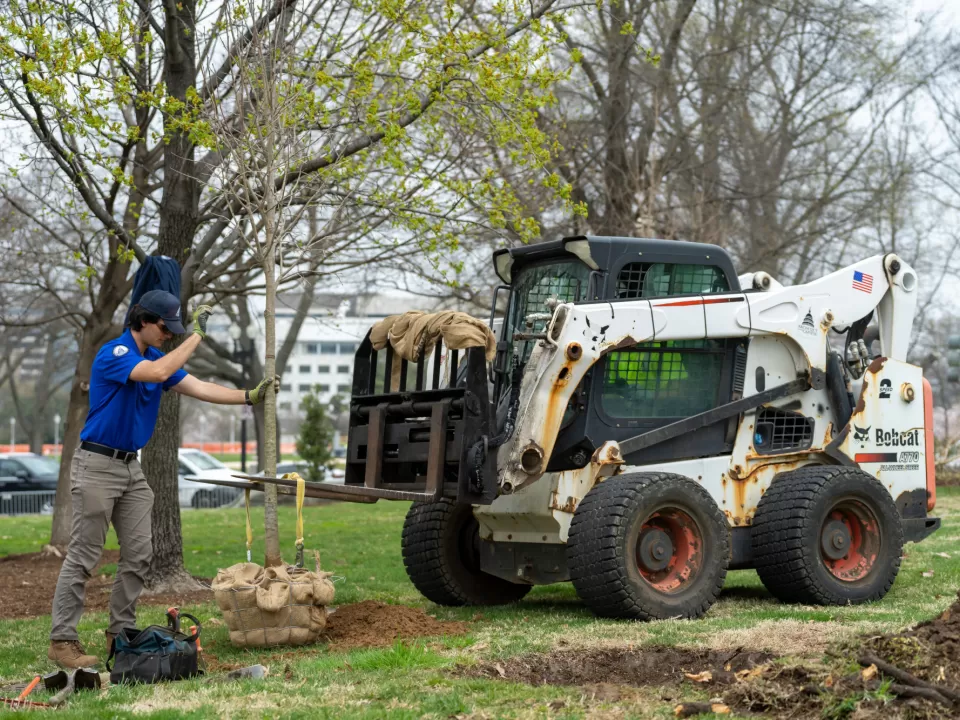
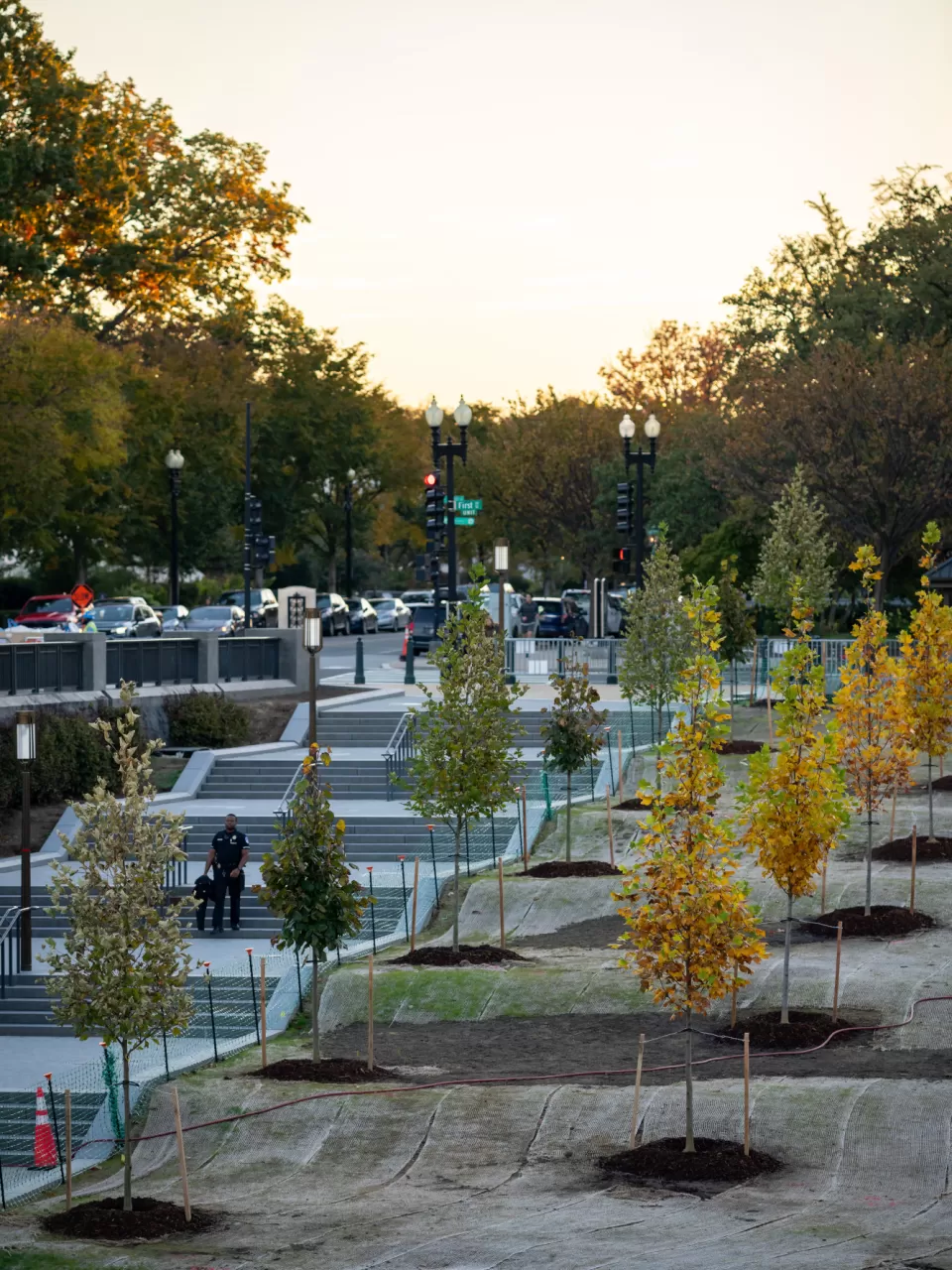

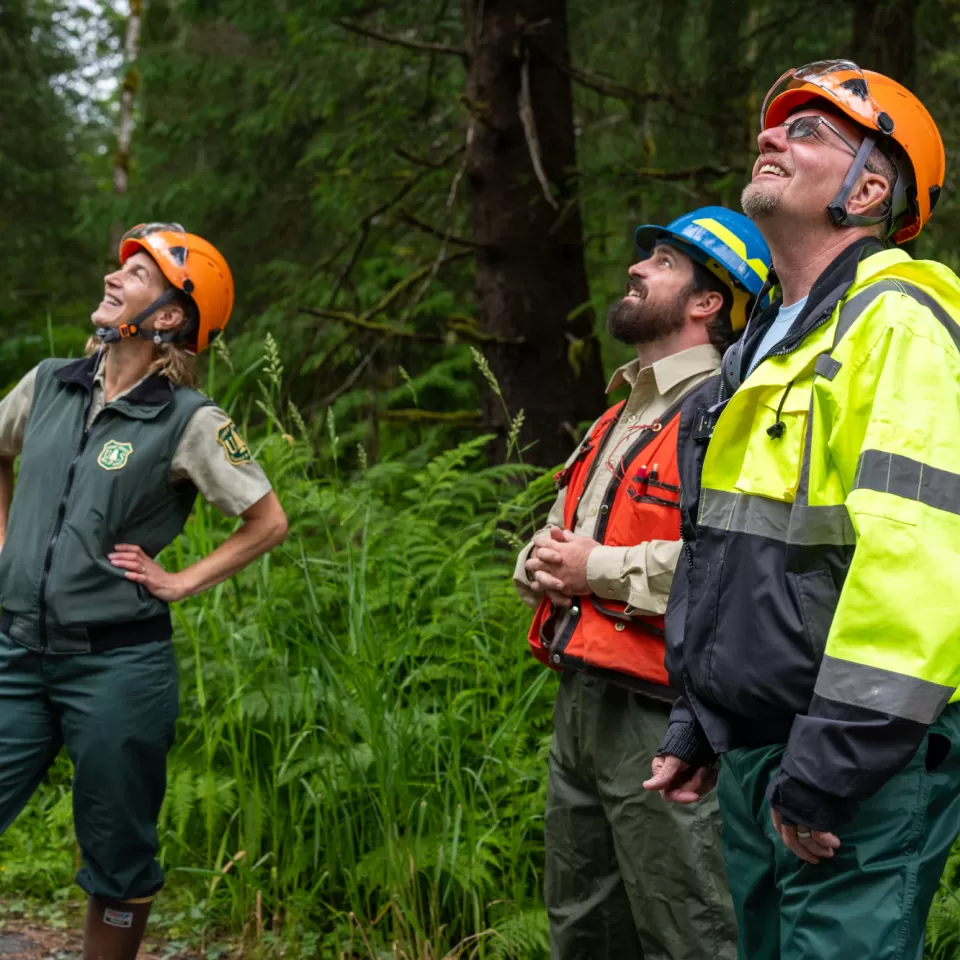

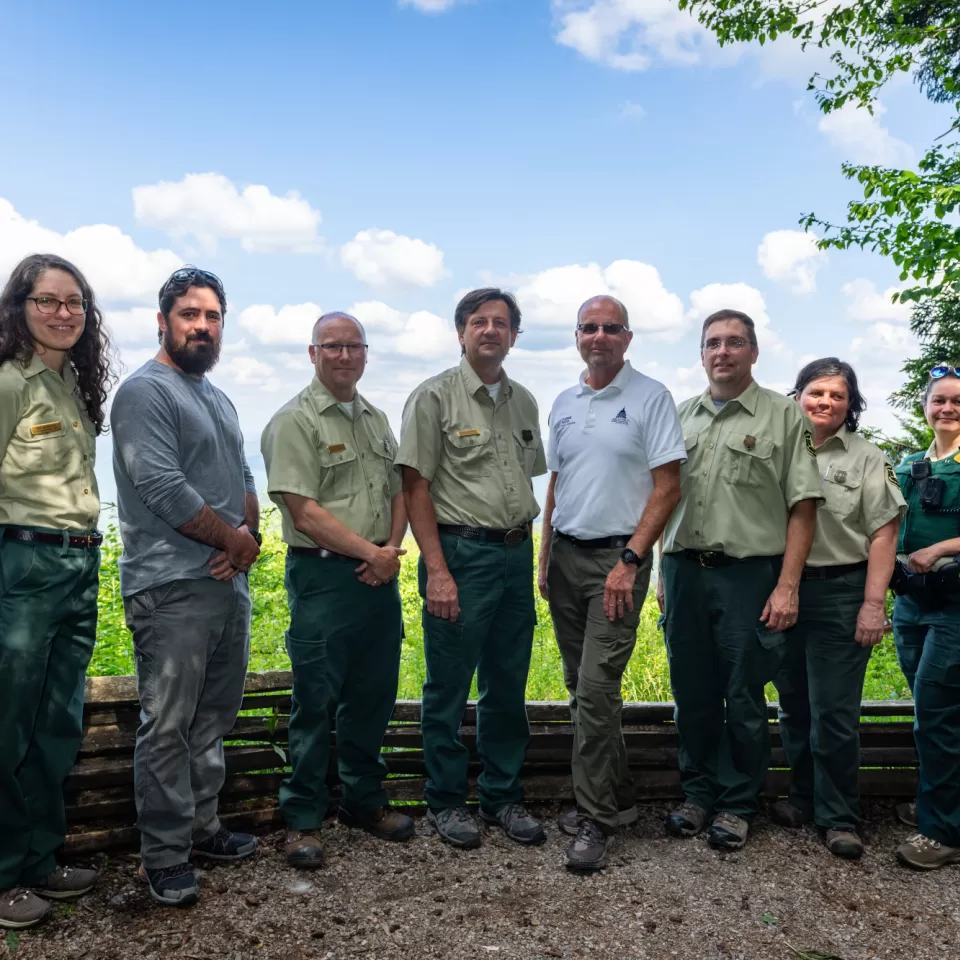
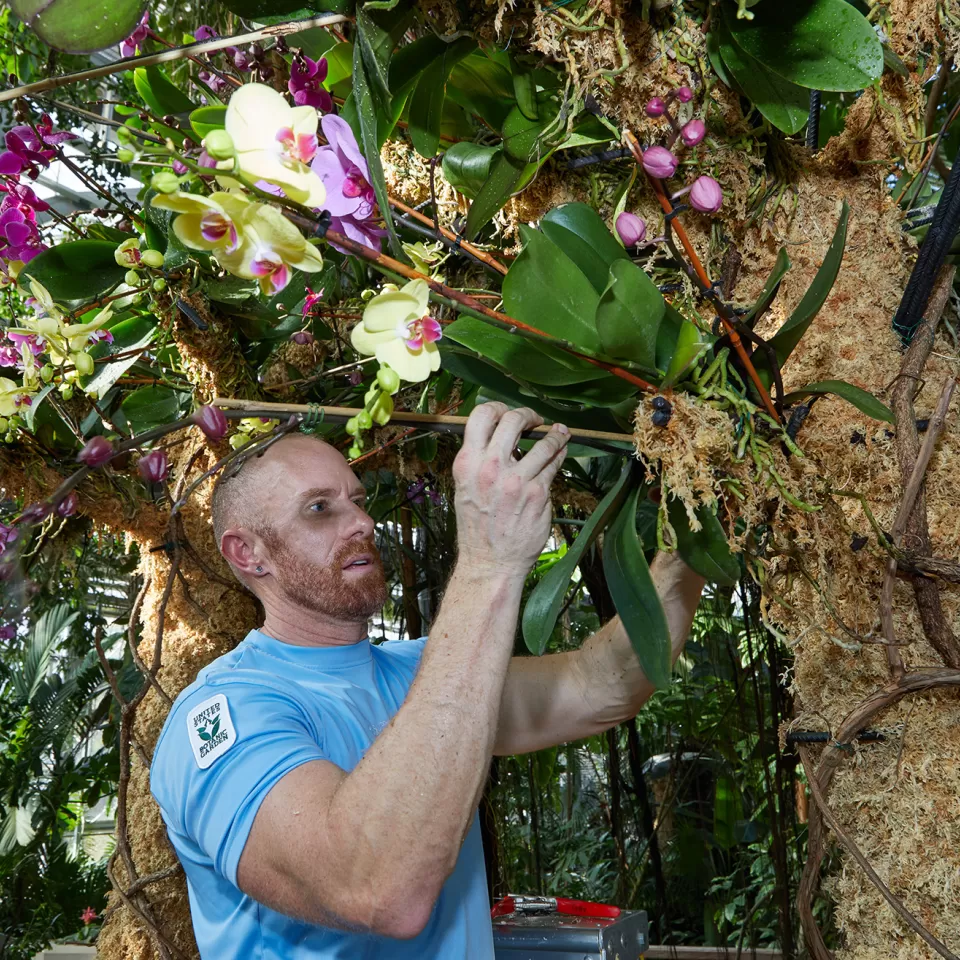
Add new comment